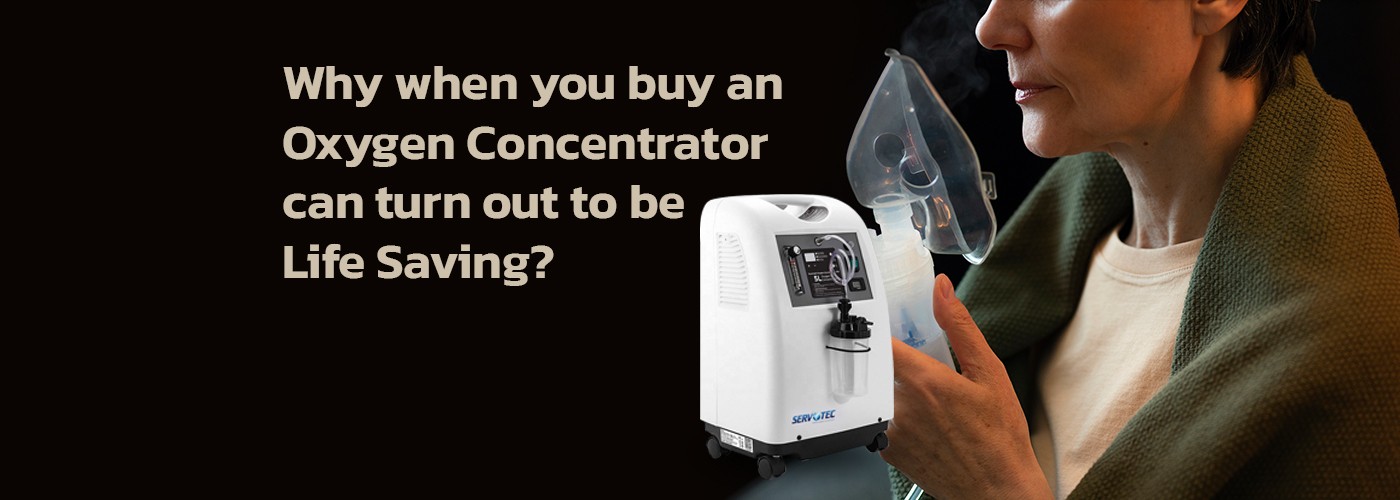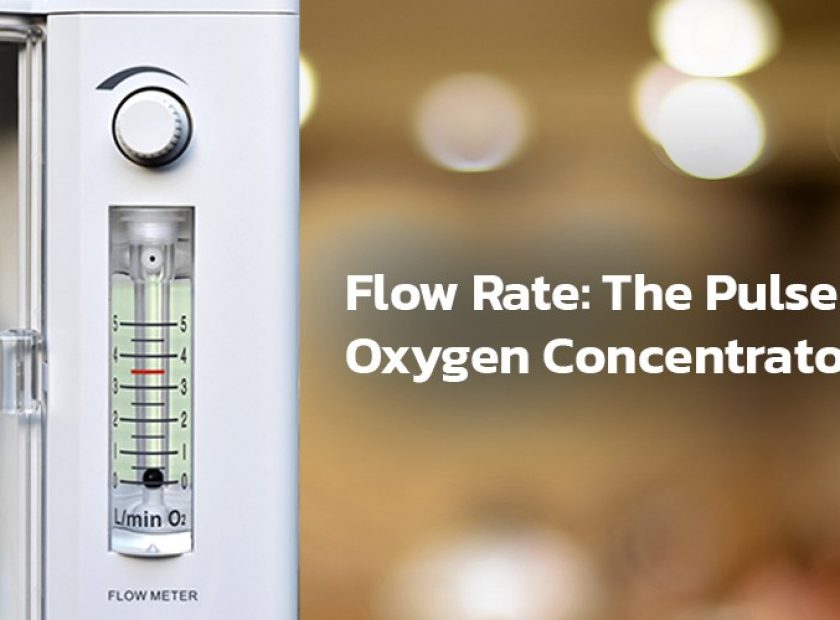Have Long COVID and living with an Oxygen Concentrator? Here are some things you should know

COVID was not a word many of us were familiar with until February of last year; now it is a word we hear every day. Servotech has attempted to expand its supply network in order to provide additional oxygen concentrators to hospitals and consumers around the country. But the reason for the growing need of these machines is Long COVID. So, let’s start with the symptoms of COVID: There are numerous variants of the symptoms that persons with COVID are prone to, but these are the most prevalent ones:
- severe exhaustion (fatigue)
- Breathing problems
- stiffness or discomfort in the chest
- memory and attention issues (sometimes known as “brain fog”).
- inability to sleep (insomnia)
- palpitations in the heart
- feeling dizzy
- needles and pins
- achy joints
- Anxiety and depression
- earaches, tinnitus
- nausea, diarrhea, stomachaches, and a loss of appetite
- A fever, a cough, headaches, a sore throat, and changes in your sense of smell or taste
- having rashes
Of course, these symptoms could be signs of a variety of diseases and conditions, so if you’re concerned, talk to your doctor.
Servotech trying to ease it for you
Yes. We’ve been giving oxygen concentrators to many of those suffering from the symptoms of Long COVID over the previous few months. These units have aided in the improvement of energy levels, the reduction of sleeping difficulties, the reduction of chest pain, and, of course, the reduction of shortness of breath. We are not claiming that breathing oxygen is a total treatment, but it has been shown to significantly decrease the symptoms and aid recovery.
Many persons with COPD, pulmonary fibrosis, and other lung disorders eventually need supplemental oxygen therapy to relieve their dyspnoea. Receiving a prescription for home oxygen, on the other hand, can be upsetting. Suddenly, everyone who comes into contact with you will be aware that you have a medical condition that necessitates the usage of oxygen.
When you work through the difficulties of setting up and using home oxygen therapy, keep in mind that it can significantly enhance your quality of life as your COPD, pulmonary fibrosis, or other lung disease worsens.
At home on oxygen Support? These 7 things can make you more informed and relieved
-
Consult with family and friends ahead of time
When your lung doctor brings up the issue of oxygen therapy for the first time, go home and talk to your family about how it will influence your life. Let them know that the oxygen will allow you to stay active and do the things you love with them. As you adjust to utilizing home and portable oxygen, ask for their help. As you begin oxygen therapy, these dialogues may help you maintain as much normalcy as possible.
-
Recognize your concentrator’s upkeep requirements.
For home oxygen therapy, many persons are given an oxygen concentrator. This gadget can be tucked away in a corner and delivers oxygen to your nose via a long line that may be used around the house. Talk to your home oxygen provider about required concentrator maintenance when they set up your concentrator. Filters on concentrators, for example, must be changed on a regular basis.
-
Replace tubing and cannulas on a regular basis.
A lengthy tube connects to the concentrator or tank, and a nasal cannula links to the tubing and provides oxygen to your nostrils in supplemental oxygen therapy. Inquire with your oxygen provider about how often the main tube and cannula should be changed.
Even though the cannula does not appear to be filthy, you should change it periodically. Every month or two, the tubing should be replaced.
-
Always have spare tubing and cannulas on hand.
Always keep extra oxygen tubing and cannulas on hand in case one of them breaks while being used. It’s not difficult to cut tubing unintentionally, for example, by running a vacuum cleaner over it. If you have a spare tube at your disposal, you can avoid a disruption in the oxygen supply.
-
Prepare for power interruptions.
Your oxygen concentrator may not work if your home loses power. Write down an action plan to avoid losing your oxygen supply during a power outage. Switching to a portable oxygen tank while your electricity is restored should be part of your plan.
If you run out of oxygen before the power comes back on, get medical help immediately. Some people choose to buy a home backup generator if they have the financial means.
-
Clean the humidifier on a regular basis.
If you’re using an oxygen concentrator with a humidifier bottle, clean it periodically. In humidifier attachments, bacteria can quickly accumulate.
Remove the bottle once a week and wash it with soap and water.
-
Make fire safety a priority.
Although oxygen is not combustible or explosive in and of itself, oxygen concentrators and tanks infuse oxygen into the surroundings. They can make fires burn far faster than they should. Keep oxygen tanks and other oxygen-related equipment away from open flames.




